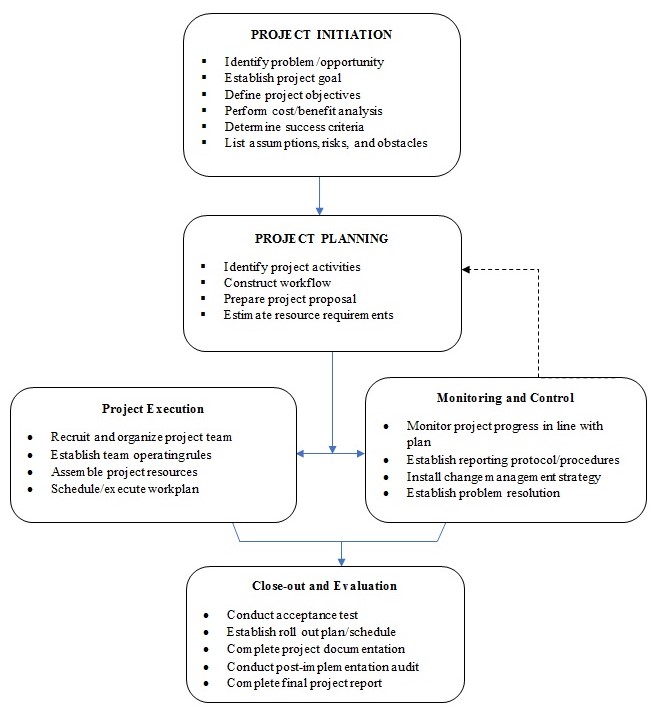Introduction
The government spends billions of dollars on development every year, and thus, it needs a high-level action plan for the successful completion of public projects. The schema provides a clear direction and mandate for the execution of sustainable procurement and an outstanding framework for creating a comprehensible and well-coordinated approach, especially to development projects. An executive-level action plan is based on a desk study and findings of a status assessment report, social readiness for the mission, sustainable public procurement prioritization report, legal reviews, and feedback from the appropriate technical consultants. The essay examines the relationships between the elements of a Work Breakdown Structure (WBS) to explain how organizations can use the concept to increase effectiveness.
Work Breakdown Structure (WBS)
The execution of one activity in the WBS leads to another. The structure starts with the identification of the problem or opportunity, which guides the program manager to the development of an achievable objective. The project leader creates the infrastructure needed to design and start up the mission. Three important factors considered during the initial stage include time, cost, and specification (Feldman, 2017). The project must have a tentative timeline indicating when particular elements, such as prototypes and progress reports, must be delivered. The projected cost of the initiative is also determined to avoid budgetary problems after commencement. Refining the scope of work is also essential at this level. Deliverables, at this level, include a project proposal or a business plan that defines the nature of the problem, goals, and objectives of the project (Lenzen et al., 2017). Next, the project manager leads the team in identifying project initiatives, constructing a workflow, preparing a project proposal, and approximating the resource requirements (Zecheru & Olaru, 2016). Project execution involves the selection of a dynamic team and the allocation of the necessary resources for the project.

The step goes together with project monitoring and control in line with the plan. In case the project does not meet the anticipated results, project planning is started again to brainstorm new ideas and seek alternative implementation strategies (Lenzen et al., 2017). The last step of the WBS is project close-out and evaluation, which involves creating a rollout plan before compiling a final report.
Concepts to Make The Organization More Effective
The concepts presented in the above action plan can be effectively integrated into an implementation strategy for the realization of a successful project by adhering to numerous fundamental steps. From a program manager’s perspective, the holistic integration is critical for ensuring that all the project activities progress collectively, considering any dynamics that can arise in due course (Lenzen et al., 2017). Thus, the organization should develop a project charter, scope statement, and plan to direct, manage, monitor, and control any unforeseen changes. The program manager should also define the scope and time of the overall activity. Government contracting projects need to have elaborate parameters, which must be broken down and managed using a WBS (Q Visible, 2012). They should also have a definite schedule, showing the start and end of the planned development. Since projects consume resources, there is a need to manage the investment to create value by ensuring that the resulting benefits exceed the amount spent.
Conclusion
An executive action plan is an inevitable tool for defining the integration of processes, project scope, time and cost management, maintenance of quality throughout its lifecycle, staffing, and management of risks in line with government procurement and acquisition policies. Project managers need to use this schema to increase effectiveness, ensure professionally responsible and sustainable procurement and emphasize the government’s role to lead by example.
References
Feldman, S. W. (2017). does government contracting have a remedies problem-a response to Eric M. Singer, competitive public contracts. Nev. LJF, 2, 13.
Lenzen, S. A., Daniëls, R., van Bokhoven, M. A., van der Weijden, T., & Beurskens, A. (2017). Disentangling self-management goal setting and action planning: A scoping review. PloS one, 12(11), e0188822.
Q Visible. (2012). Project network diagrams – project management. YouTube.
Zecheru, V., & Olaru, B. G. (2016). Work breakdown structure (WBS) in project management. Review of International Comparative Management/Revista de Management Comparat International, 17(1), 61-69.